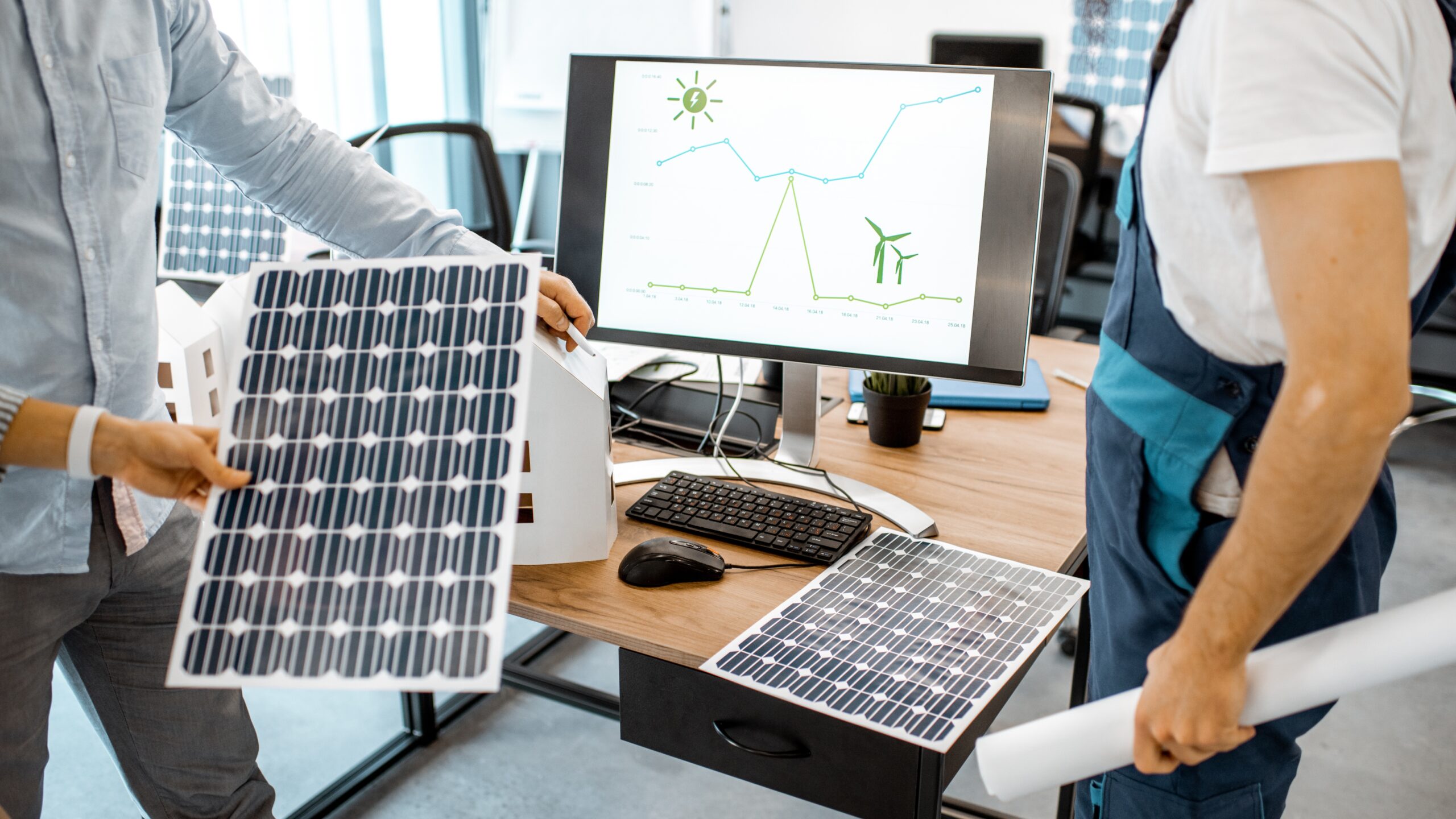Blue hydrogen and green hydrogen represent two different methods of producing hydrogen, each with its own set of advantages and challenges. The business case for each depends on various factors such as cost, environmental impact, scalability, and market demand.
Let’s explore the business cases for both:
Blue Hydrogen:
- Production Method: Blue hydrogen is produced from natural gas through a process called steam methane reforming (SMR), which produces hydrogen and carbon dioxide (CO2) as byproducts. The CO2 is captured and stored underground (carbon capture and storage, CCS) to prevent its release into the atmosphere.
- Business Case:
- 1. Cost: Blue hydrogen production is currently cheaper than green hydrogen production due to the maturity of the technology and the abundance of natural gas reserves. The cost advantage largely depends on factors such as natural gas prices, carbon capture technology costs, and government subsidies or carbon pricing mechanisms.
- 2. Environmental Impact: While blue hydrogen production emits CO2, the use of CCS technology can significantly reduce its carbon footprint compared to traditional natural gas usage. However, the overall environmental impact depends on the efficiency of the CCS process and the source of the natural gas.
- 3. Scalability: Blue hydrogen production infrastructure can be scaled up relatively quickly since it leverages existing natural gas infrastructure. This scalability can be attractive for meeting short to medium-term hydrogen demand while green hydrogen infrastructure is being developed.
- 4. Market Demand: Blue hydrogen can serve as a transitional solution for industries looking to decarbonize their operations, especially in sectors where direct electrification or green hydrogen alternatives are not feasible in the short term.
- Green Hydrogen:
- Production Method: Green hydrogen is produced through electrolysis using renewable energy sources such as wind or solar power to split water into hydrogen and oxygen. This process produces no carbon emissions.
- Business Case:
- 1. Cost: Historically, green hydrogen has been more expensive to produce compared to blue hydrogen due to the higher cost of renewable energy sources and electrolysis technology. However, as renewable energy costs continue to decline and electrolysis technology advances, the cost competitiveness of green hydrogen is improving.
- 2. Environmental Impact: Green hydrogen production is entirely emissions-free when powered by renewable energy sources, making it a key element in decarbonizing various sectors, especially those with hard-to-abate emissions.
- 3. Scalability: The scalability of green hydrogen production depends on the availability and scalability of renewable energy sources. As renewable energy capacity increases and electrolysis technology improves, the scalability of green hydrogen production will also increase.
- 4. Market Demand: There is growing demand for green hydrogen as countries and industries commit to decarbonization targets. Industries such as transportation, heavy industry, and power generation are increasingly exploring green hydrogen as a clean energy alternative.
In summary, the business case for blue hydrogen currently emphasizes cost competitiveness, scalability, and its role as a transitional solution for industries seeking to reduce emissions in the short to medium term. On the other hand, the business case for green hydrogen focuses on its environmental benefits, potential cost competitiveness as renewable energy costs decline, and its crucial role in long-term decarbonization efforts. Both blue and green hydrogen have their place in the transition to a low-carbon economy, with the choice between them depending on factors such as cost, environmental considerations, and market demand.
Download our ready-to-use Blue Hydrogen and Green Hydrogen Plant models by clicking on the image above. Let’s delve deeper into the cost analysis of blue hydrogen vs. green hydrogen, including a comparison of their production processes and associated fees. Please note that specific cost figures can vary based on factors such as location, technology efficiency, and market conditions. For the sake of illustration, we’ll provide generalized cost estimates.
Blue Hydrogen Cost Analysis:
| Cost Component | Estimated Cost (USD) |
|---|---|
| Natural Gas | $1.50 – $3.00 / MMBtu |
| Steam Methane Reforming | $0.50 – $1.00 / kg H2 |
| Carbon Capture and Storage | $20 – $50 / ton CO2 |
| Total | $2.20 – $4.50 / kg H2 |
Green Hydrogen Cost Analysis:
| Cost Component | Estimated Cost (USD) |
|---|---|
| Electricity (Renewable) | $20 – $50 / MWh |
| Electrolysis | $1300 – $1500 / KWh |
| Total | $6.25 – $8.50 / kg H2 |
Difference in Production Process and Fees:
| Aspect | Blue Hydrogen | Green Hydrogen |
|---|---|---|
| Feedstock | Natural Gas | Water (H2O) + Electricity (Renewable) |
| Production Process | Steam Methane Reforming + Carbon Capture | Electrolysis of Water |
| Carbon Emissions | Produces CO2 emissions, but can be captured and stored | Zero emissions during production |
| Carbon Capture and Storage (CCS) | Requires CCS infrastructure and associated costs | N/A (No CCS required) |
| Renewable Energy Dependence | Not dependent on renewable energy sources | Fully dependent on renewable energy sources |
| Scalability | Relatively scalable using existing infrastructure | Scalability limited by renewable energy capacity |
| Cost Competitiveness | Currently cost-competitive due to low natural gas prices and mature technology | Generally more expensive due to higher electricity costs and electrolysis technology |
| Environmental Impact | Can be carbon-neutral or low-carbon with effective CCS | Completely emissions-free during production |
Conclusion:
Blue Hydrogen: The cost of blue hydrogen is mainly influenced by natural gas prices, steam methane reforming efficiency, and the cost of carbon capture and storage. It benefits from existing infrastructure and relatively lower upfront investment but may face challenges related to carbon emissions and CCS infrastructure.
Green Hydrogen: The cost of green hydrogen primarily depends on the cost of renewable electricity and electrolysis efficiency. While it offers zero emissions during production and aligns with decarbonization goals, its higher initial costs and dependence on renewable energy availability can pose challenges for widespread adoption.
In the long term, as renewable energy costs continue to decline and electrolysis technology improves, green hydrogen is expected to become more cost-competitive compared to blue hydrogen. However, both forms of hydrogen are essential for achieving global decarbonization goals, and the choice between them depends on various factors, including regional resource availability, policy incentives, and market demand.













